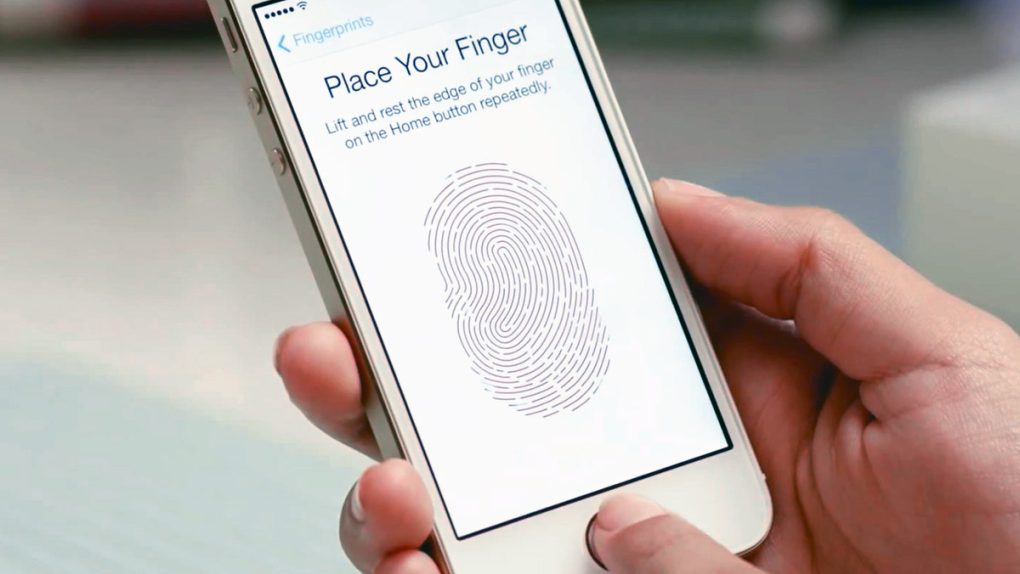You might’ve heard about Touch Disease, the latest way for your iPhone to go poof. But what exactly is a Touch Disease, and how worried should you be about your beloved smartphone turning into an expensive glass rectangle?
DON’T MISS: Does it even matter that last year’s iPhone 6s is so much faster than the new Galaxy Note 7?
What is it?
Touch Disease is a name given by electronics repair blog iFixit to a peculiar problem affecting some iPhones. Owners will find their devices suddenly stop working properly, the Touch ID sensor refuses to work at all, and grey bars appear along the top of the screen.
Apple hasn’t given any definitive information on the problem yet, but it appears to be caused by faulty touch controllers on the logic board. Those controllers are responsible for both the display and the Touch ID fingerprint sensor, so it makes sense that a problem with that causes problems with the display and the finger input.
Who does it affect?
As far as we can tell, mostly iPhone 6 and 6 Plus owners. As outspoken independent technician Louis Rossman explains, the problem may be caused by a design flaw in the 6 and 6 Plus. The touch controller chip doesn’t have underfill between it and the logic board. Underfill is basically glue that holds a chip in place, so without it, the chip is more susceptible to being knocked around and de-soldered.
Some repair technicians have also linked the flaw to Bendgate, the notorious issue with iPhone 6 Pluses that caused them to bend with little pressure. iPad Rehab’s Jessa Jones told Cult of Mac that the problem might be caused by the fact that bigger iPhone 6 units do tend to bend when a certain force is applied.
“Nearly 90 percent of devices with Touch IC Disease are iPhone 6 Pluses,” Jones said. And it’s all because of Apple’s design choices. In the iPhone 6, instead of using a metal shield to protect the board like on the iPhone 5s, Apple reverted to a sticker shield. The sticker doesn’t protect the chips as good when the board bends and the Touch IC chip is especially susceptible to damage when the phone bends.
“This is a signature failure,” said Jones. “Every phone has one, but this one is a signature failure that got to epic proportions.”
What does Apple say?
The real problem here is that Apple is refusing to acknowledge this as a problem worthy of repair or replacement. Since most of the devices are out of warranty, and Apple doesn’t do advanced fixes like resoldering a chip in store, customers’ only option (according to Apple) is to buy a new iPhone.
Now, there’s a good chance that if enough people make enough noise about the problem, Apple will issue an extended warranty program and fix affected devices free of charge. It’s happened in the past with faulty Macbooks (and, to an extent, with the iPhone 4’s Antennagate), so with enough complaining, it’s a good possibility.
How likely am I to suffer it?
There’s a thread on Apple’s support forums that’s currently 62 pages long and growing, indicating that this isn’t a small, localized problem. But since the problem appears to be caused by physical damage, just taking good care of your phone might be enough to keep you safe. A strong case should limit the chance of any bending and help protect the chip from damage, so that’s not a bad idea.
If your phone does start malfunctioning, some repair technicians will be able to fix the damage. Since it involves potentially replacing a chip on the logic board, it’s a fix for more specialized repair shops. It’s a lot more involved than replacing a cracked screen, so using a well-reviewed mail-in technician like Rossman is a better idea than your local “i fix iFones.”










